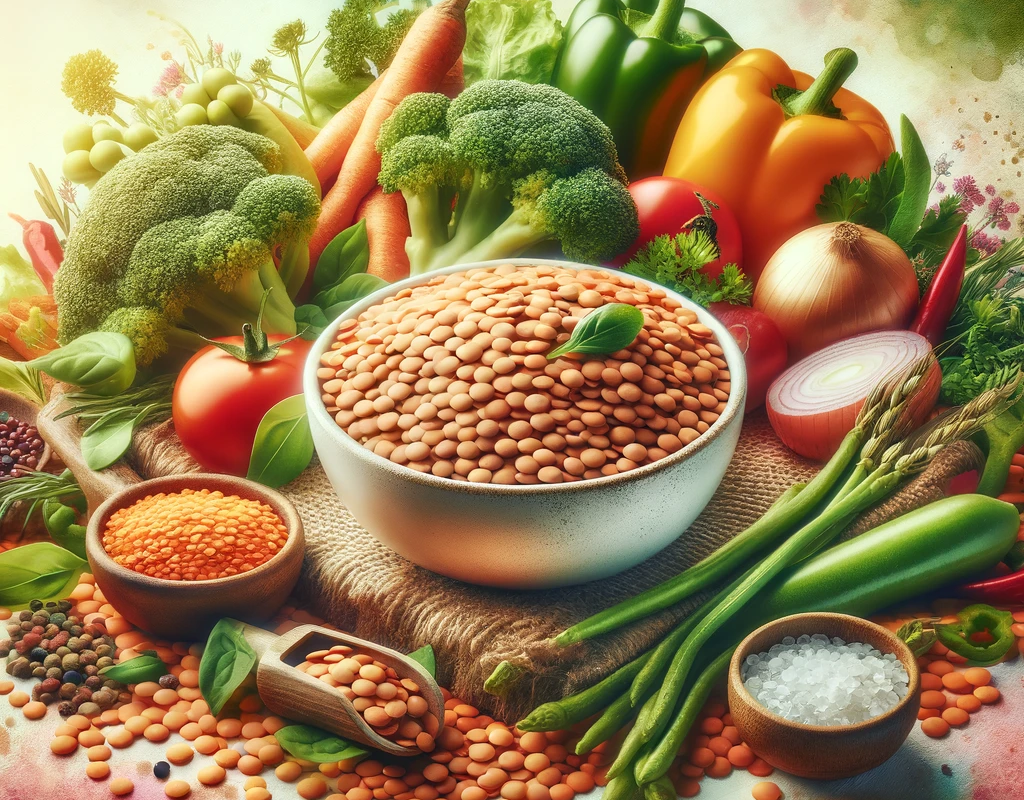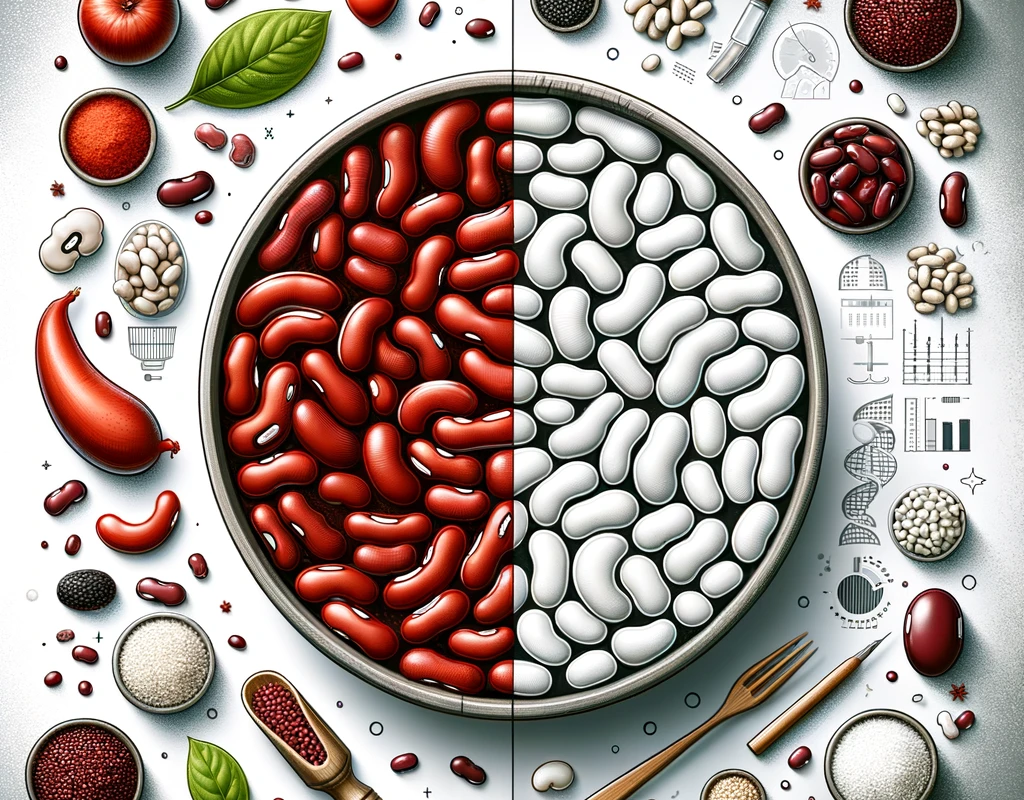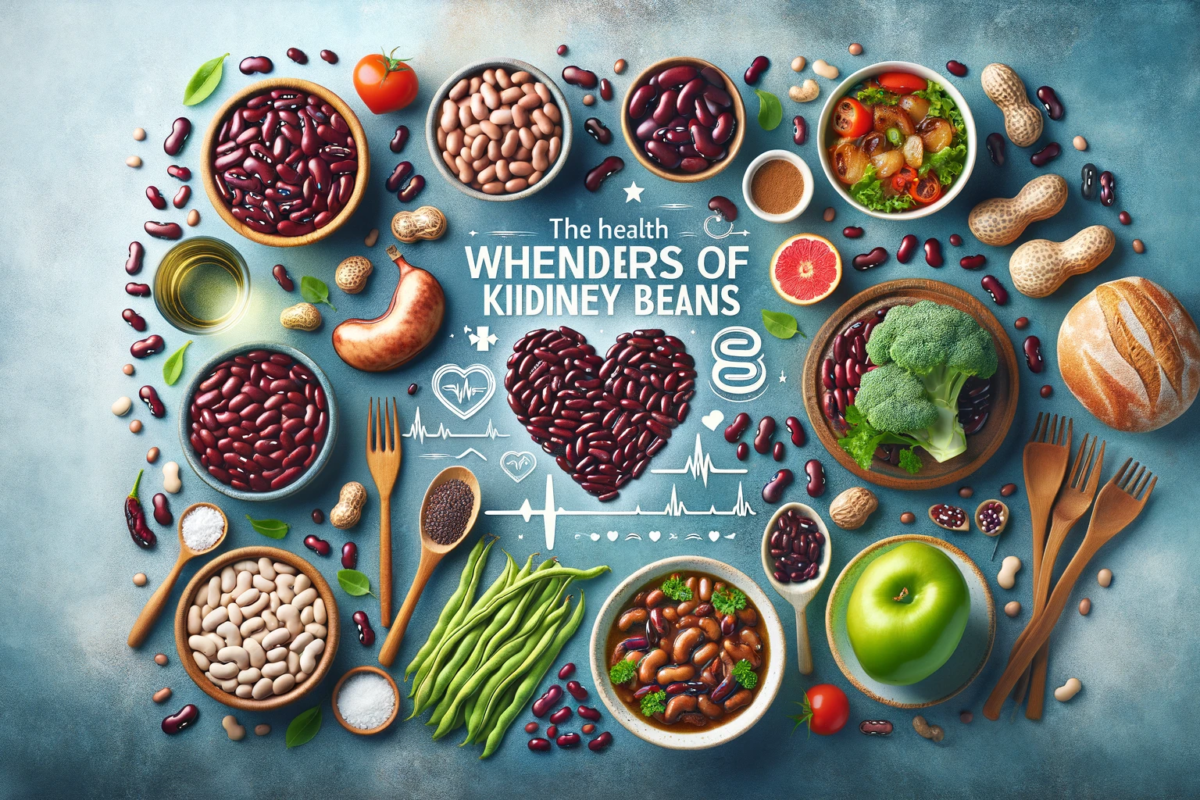Black lentils, often hailed as a nutritional gem in the world of legumes, have a rich history that intertwines with various global cuisines. Known also as Beluga lentils due to their resemblance to Beluga caviar, these tiny black jewels are a staple in many diets, cherished not just for their flavor but also for their dense nutritional profile. As dietitians and health enthusiasts, we’re constantly exploring foods that offer both taste and health benefits, and black lentils are a remarkable find in this quest.
Originating from the fertile lands of the ancient world, black lentils have journeyed through cultures and kitchens, adapting to various culinary practices. Their versatility in recipes, ranging from hearty soups to refreshing salads, makes them a favorite among chefs and home cooks alike. But it’s not just the culinary flexibility that intrigues us; it’s the profound health benefits these little legumes pack that truly captivate our attention.
In our exploration of black lentils, we’ve uncovered a wealth of nutritional advantages that make them a must-have in any balanced diet. From aiding heart health to supporting weight management, these lentils are a powerhouse of nutrients. Join us as we delve deeper into the world of black lentils, examining their nutritional makeup, health benefits, and ways to incorporate them into your daily meals.
II. Nutritional Profile of Black Lentils
When we analyze the nutritional profile of black lentils, we’re often amazed at the abundance of essential nutrients packed into these small seeds. A single serving of cooked black lentils provides a substantial amount of protein, making them an excellent meat alternative for vegetarians and vegans. But protein is just the tip of the iceberg. They’re also a rich source of carbohydrates, particularly dietary fiber, which plays a crucial role in maintaining gut health and regularity.
Vitamins and minerals are in no short supply in black lentils. They boast significant amounts of folate, iron, magnesium, and zinc, contributing to various bodily functions, from oxygen transport to immune support. Moreover, the low-fat content in black lentils, coupled with their high fiber and protein, makes them an ideal choice for those conscious about heart health and calorie intake. Such a balanced macronutrient profile is rare in natural foods, making black lentils a nutritionist’s delight.
However, it’s not just about what they contain; it’s also about what they lack. Black lentils have a low glycemic index, which means they release glucose slowly into the bloodstream. This attribute makes them an excellent dietary choice for maintaining stable blood sugar levels, a vital aspect for individuals managing diabetes or those mindful of their energy levels throughout the day.
III. Health Benefits
A. Cardiovascular Health
Our hearts, the vital organs that keep us alive and kicking, can greatly benefit from regular consumption of black lentils. These legumes are a boon for cardiovascular health, primarily due to their high fiber content. Dietary fiber helps in reducing bad cholesterol levels in the blood, thus lowering the risk of heart disease. Additionally, the potassium in black lentils aids in regulating blood pressure, making them a heart-friendly food choice.
B. Digestive Health
The high fiber content in black lentils also plays a pivotal role in digestive health. Fiber aids in regular bowel movements, preventing constipation and promoting a healthy digestive tract. But the benefits don’t stop there. The fiber in black lentils acts as a prebiotic, feeding the beneficial bacteria in our gut. A healthy gut flora is essential for not just digestion, but also for overall immune function and even mental health.
C. Weight Management
For those of us mindful about maintaining a healthy weight, black lentils are a valuable ally. Their high protein and fiber content contribute to feelings of fullness, reducing the likelihood of overeating. This, combined with a relatively low calorie count, makes black lentils an ideal food for weight management. They provide sustained energy, keeping us satiated for longer periods, which is crucial in avoiding unhealthy snacking habits.
D. Blood Sugar Regulation
In our experience with clients managing diabetes, black lentils have emerged as a highly beneficial food. Their low glycemic index means they cause a slower, more gradual increase in blood sugar levels. This is crucial for individuals with diabetes, as it helps in maintaining stable glucose levels. Additionally, the high fiber content in black lentils aids in this regulation, ensuring that sugar absorption is moderated, providing a steady source of energy without the spikes and crashes associated with high-sugar foods.
E. Additional Benefits
Beyond the direct health benefits, black lentils are a treasure trove of antioxidants, which are crucial in combating oxidative stress and inflammation in the body. This not only supports overall health but also has implications for chronic disease prevention. The antioxidant properties, coupled with a rich array of vitamins and minerals, can also have a positive impact on skin and hair health, promoting a natural glow and strengthening hair roots.
IV. Incorporating Black Lentils into Your Diet
Integrating black lentils into your diet is surprisingly easy and enjoyable. These lentils have a unique, earthy flavor and a firm texture that holds up well in cooking, making them perfect for a variety of dishes. You can start with something as simple as adding them to salads for a protein boost or using them as a base in hearty, nutritious soups and stews.
For those who enjoy experimenting in the kitchen, black lentils can be the star ingredient in a range of recipes. They work wonderfully in veggie burgers, giving a meaty texture without the meat. You can also blend them into a smooth paste to make dips or spreads, adding a unique twist to your appetizers. And let’s not forget the classic lentil curry, a staple in many cuisines, where black lentils can add depth and richness.
Storage and preparation of black lentils are straightforward. They have a relatively quick cooking time compared to other legumes and don’t require pre-soaking. This makes them a convenient choice for busy weeknights or meal-prep for the week ahead. Stored in a cool, dry place, they can last for months, retaining their nutritional value.
V. Precautions and Considerations
While black lentils are generally safe and beneficial for most people, there are a few considerations to keep in mind. For individuals with specific food allergies, especially to legumes, it’s important to introduce black lentils cautiously into the diet. Additionally, because of their high fiber content, increasing consumption too quickly can lead to digestive discomfort for some. It’s advisable to gradually incorporate them into your meals.
For those with existing health conditions, particularly kidney-related issues, consulting a healthcare professional before making significant dietary changes is always recommended. While black lentils are nutritious, they do contain purines, which can exacerbate certain conditions like gout or kidney stones in susceptible individuals.
VI. Comparison with Other Lentil Varieties
In the vast family of lentils, each variety brings its unique set of nutrients and flavors. Compared to other lentils, black lentils are particularly high in protein and antioxidants. They have a firmer texture, which makes them ideal for salads and dishes where you’d prefer the lentils to hold their shape. In terms of taste, they are slightly earthier and more robust than their red or green counterparts, offering a different culinary experience.
Nutritionally, while all lentils are healthful, black lentils stand out for their higher levels of certain nutrients like iron and antioxidants. They are also slightly lower in calories, making them a favorable option for those conscious about caloric intake. However, it’s important to remember that variety is key in a healthy diet, and incorporating different types of lentils can provide a broader range of nutrients.
VII. Conclusion
Black lentils, with their impressive nutritional profile and versatile culinary uses, are truly a powerhouse in the world of legumes. From supporting heart health to aiding in weight management and blood sugar regulation, these small but mighty seeds are a testament to the saying, “good things come in small packages.” We encourage you to explore the rich flavors and health benefits of black lentils, incorporating them into your diet in diverse and delicious ways.
As we continue to advocate for balanced and nutritious eating, black lentils remain a staple in our dietary recommendations. They epitomize the perfect blend of taste, nutrition, and versatility, making them an excellent addition to any health-conscious kitchen.
VIII. References
For further reading and to delve deeper into the nutritional science behind black lentils, we recommend consulting reputable sources such as nutrition journals, dietary guidelines, and research publications. These resources provide a wealth of information for those interested in understanding the full spectrum of benefits offered by black lentils.








